MIT engineers devise a recipe for improving any autonomous robotic system
Friday, 24 June 2022 12:12 Autonomous robots have come a long way since the fastidious Roomba. In recent years, artificially intelligent systems have been deployed in self-driving cars, last-mile food delivery, restaurant service, patient screening, hospital cleaning, meal prep, building security, and warehouse packing.
Each of these robotic systems is a product of an ad hoc design process specific to that particula
Autonomous robots have come a long way since the fastidious Roomba. In recent years, artificially intelligent systems have been deployed in self-driving cars, last-mile food delivery, restaurant service, patient screening, hospital cleaning, meal prep, building security, and warehouse packing.
Each of these robotic systems is a product of an ad hoc design process specific to that particula Irvine scientists observe effects of heat in materials with atomic resolution
Friday, 24 June 2022 12:12 As electronic, thermoelectric and computer technologies have been miniaturized to nanometer scale, engineers have faced a challenge studying fundamental properties of the materials involved; in many cases, targets are too small to be observed with optical instruments.
Using cutting-edge electron microscopes and novel techniques, a team of researchers at the University of California, Irvine
As electronic, thermoelectric and computer technologies have been miniaturized to nanometer scale, engineers have faced a challenge studying fundamental properties of the materials involved; in many cases, targets are too small to be observed with optical instruments.
Using cutting-edge electron microscopes and novel techniques, a team of researchers at the University of California, Irvine Week in images: 20-24 June 2022
Friday, 24 June 2022 12:00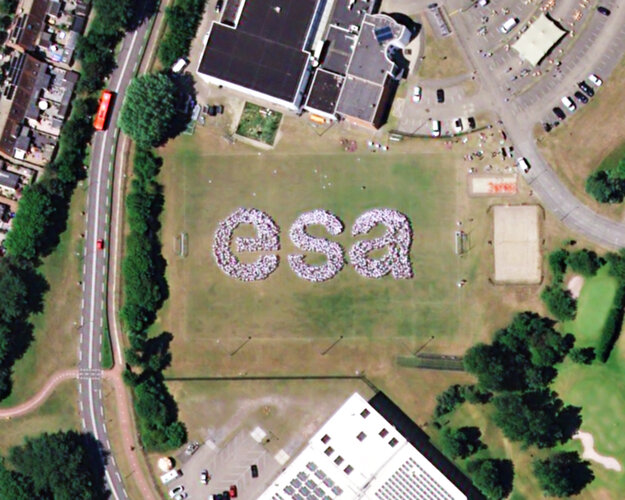
Week in images: 20-24 June 2022
Discover our week through the lens
ILA 2022 in images
Friday, 24 June 2022 11:32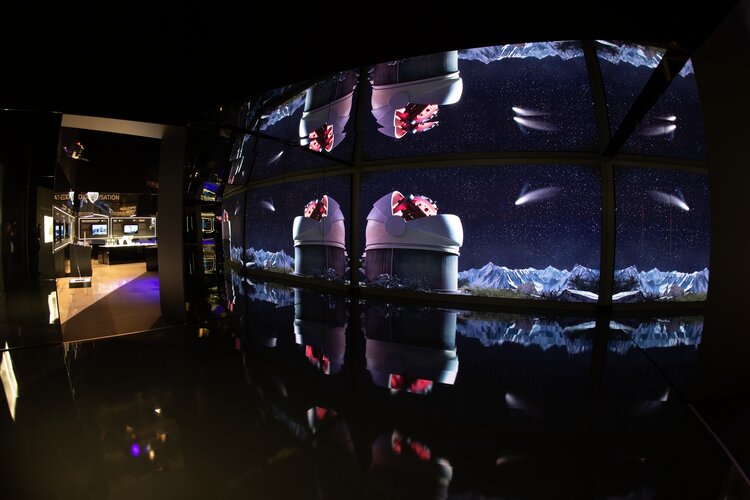
Photo highlights from the ‘Space for Earth’ space pavilion at ILA, the Berlin Air and Space Show, from 22 to 26 .June 2022.
Image: Lunar science stirring on Mount Etna
Friday, 24 June 2022 11:23
This image comes to you from Mount Etna, Sicily, where a lunar analog study focusing on robotic exploration is currently unfolding.
The project—named the ARCHES Space-Analog Demonstration—is a multi-agency, multi-robot event brought to life by the German Aerospace Center DLR, and featuring significant ESA participation. ESA will be joining the project to run the latest and final part of the Analog-1 campaign, the completion of which will mark the culmination of one of the agency's long-term research endeavors, dating back to 2008.
For four weeks spanning 12 June to 9 July, the project will explore the operations and technologies that enable a sample return mission on the lunar surface involving an astronaut on the Lunar Gateway with a rover operations control room on Earth and scientific expertise on-hand at other control centers.
As part of the simulation, ESA astronaut Thomas Reiter will control a rover stationed 2,600 m up on the slopes of Mt. Etna from a room 23 km away in the nearby town of Catania. This distance simulates the sort of remote-control situations astronauts will encounter at the lunar Gateway.
X Prize Foundation studying active debris removal competition
Friday, 24 June 2022 10:40
The X Prize Foundation is considering a prize competition focused on removal of space debris to spur technological innovation in the field.
The post X Prize Foundation studying active debris removal competition appeared first on SpaceNews.
Second helpings of Mercury
Friday, 24 June 2022 08:00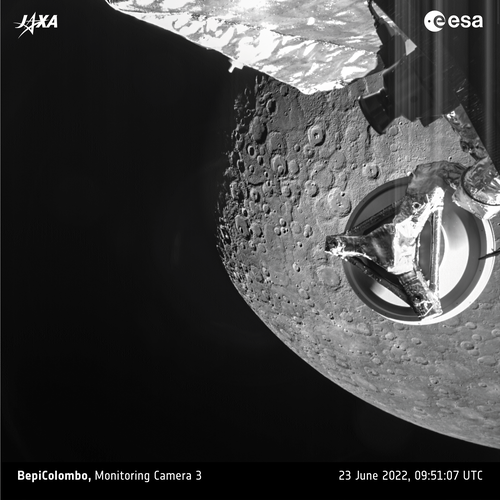
The ESA/JAXA BepiColombo mission has made its second gravity assist of planet Mercury, capturing new close-up images as it steers closer towards Mercury orbit in 2025.
NASA: Give us back our moon dust and cockroaches
Friday, 24 June 2022 07:27
NASA wants its moon dust and cockroaches back.
The space agency has asked Boston-based RR Auction to halt the sale of moon dust collected during the 1969 Apollo 11 mission that had subsequently been fed to cockroaches during an experiment to determine if the lunar rock contained any sort of pathogen that posed a threat to terrestrial life.
Parallel Paths for Space Sustainability
Friday, 24 June 2022 07:20
The United States' announcement of a ban on destructive ASAT tests set the stage for a UN meeting on reducing space threats.
The post Parallel Paths for Space Sustainability appeared first on SpaceNews.
Earth from Space: Lake Balkhash
Friday, 24 June 2022 07:00
Lake Balkhash, the largest lake in Central Asia, is featured in this false-colour image captured by the Copernicus Sentinel-2 mission.
This month in orbit: May’s space science
Friday, 24 June 2022 06:00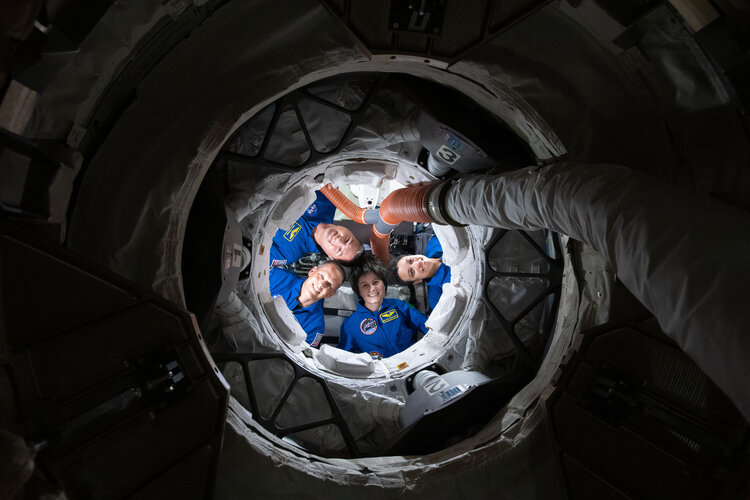
Vital research into health, climate, materials and more continues with ESA astronaut Samantha Cristoforetti and colleagues aboard the Space Station this month. Get up to date with what was on their schedule with May’s space science summary.
OneWeb to resume launches in fourth quarter
Thursday, 23 June 2022 21:08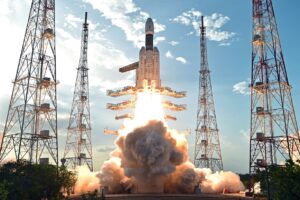
OneWeb, the broadband megaconstellation company whose launch plans were disrupted by Russia’s invasion of Ukraine, expects to resume launches late this year, an executive said June 23.
The post OneWeb to resume launches in fourth quarter appeared first on SpaceNews.
Mars Reconnaissance Orbiter releasing one of its last rainbow-colored maps
Thursday, 23 June 2022 19:43
Scientists are about to get a new look at Mars, thanks to a multicolored 5.6-gigapixel map. Covering 86% of the Red Planet's surface, the map reveals the distribution of dozens of key minerals. By looking at mineral distribution, scientists can better understand Mars' watery past and can prioritize which regions need to be studied in more depth.
The first portions of this map were released by NASA's Planetary Data System. Over the next six months, more will be released, completing one of the most detailed surveys of the Martian surface ever made.
NASA wraps up moon rocket test; to set launch date after fix
Thursday, 23 June 2022 18:39
NASA said Thursday it has finished testing its huge moon rocket and will move it back to the launch pad in late August.
A date for the first flight will be set after a leak that popped up during a dress rehearsal is fixed, the space agency said.


 Image:
ESA – made of people
Image:
ESA – made of people